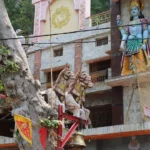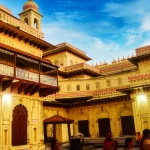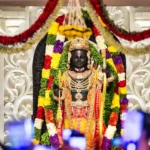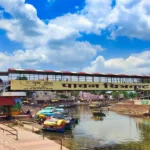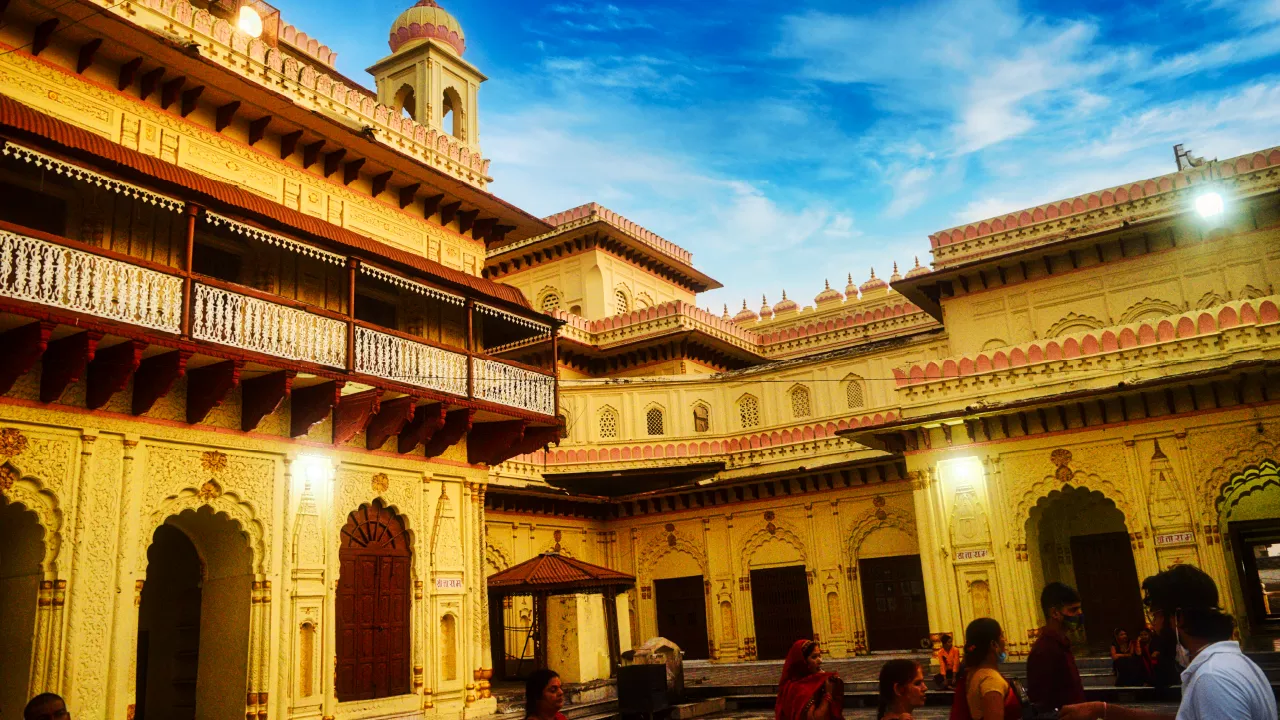Impact and Significance – Ram Mandir Verdict
The Ayodhya Ram Mandir verdict, delivered by the Supreme Court of India on November 9, 2019, has had significant historical, legal, social, and moral implications. This landmark decision resolved a decades-long dispute and has been the subject of various interpretations and analyses.
Historical and Legal Context: The verdict was seen as a resolution to a long-standing political and communal land dispute. The Supreme Court’s unanimous decision to allocate the entire disputed land for the construction of the Ram Mandir and provide an alternate 5-acre plot to the Sunni Waqf Board for a mosque was a pivotal moment in India’s legal history.

This decision was distinctive because it was made by a constitutional bench, and the judges unanimously decided to present the verdict as a unified voice of the court, without disclosing the individual authorship.
Social and Moral Considerations: The verdict has sparked diverse reactions and opinions. Some legal experts and commentators viewed the decision through the lens of law and constitutionalism, focusing on the legal reasoning and implications.
Others, however, questioned the broader social and moral aspects, drawing comparisons with international cases like the Hagia Sophia in Turkey, where decisions on religious sites have had significant cultural and political ramifications.
Impact on Indian Politics and Majoritarianism: The verdict has also been a subject of political discourse, reflecting on how legal decisions can influence political strategies and narratives.
The involvement of political parties and leaders in the temple’s construction activities raised questions about secularism and the role of religion in state affairs. It highlighted the complexities of balancing majority sentiments with the principles of a secular, constitutional democracy.
Philosophical and Personal Reflections: The Ayodhya verdict has also led to introspection about the nature of religious beliefs and the significance of religious sites.
Some commentators have expressed views on viewing God and religious worship beyond the confines of physical structures, emphasizing the omnipresence of the divine in various forms and places.

Overall, the Ayodhya verdict is not just a legal resolution but a moment that has shaped India’s socio-political and cultural discourse, reflecting the diverse and complex nature of the nation’s fabric.
Future Implications
The future implications of the Ayodhya Ram Mandir verdict are complex, intertwining socio-political, economic, and ethical dimensions. The construction of the Ram Mandir on the site of the Babri Mosque has profound effects on Ayodhya’s landscape.
It symbolizes historical injustices and unresolved grievances, particularly affecting the Muslim community. This redevelopment is accompanied by economic disparities and social exclusion, impacting marginalized communities.
Politically, the construction aligns with the BJP’s Hindu nationalist agenda, potentially fostering communal divisions and challenging secular governance principles. The transformation of Ayodhya raises ethical concerns about cultural appropriation, historical erasure, and systemic exclusion, necessitating inclusive development strategies and respect for diverse cultural and religious identities.












